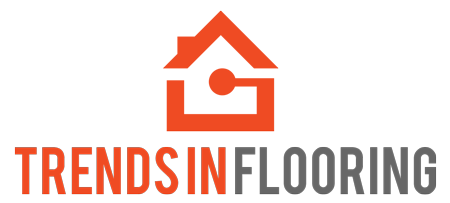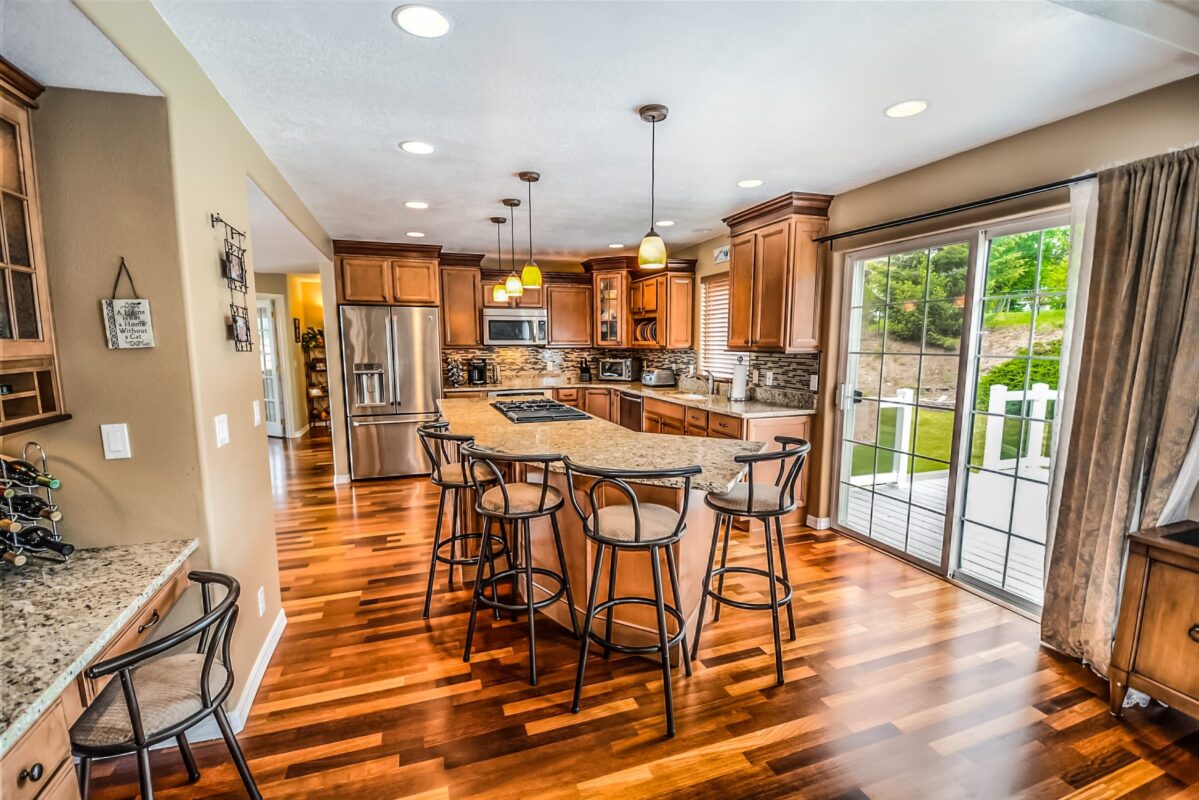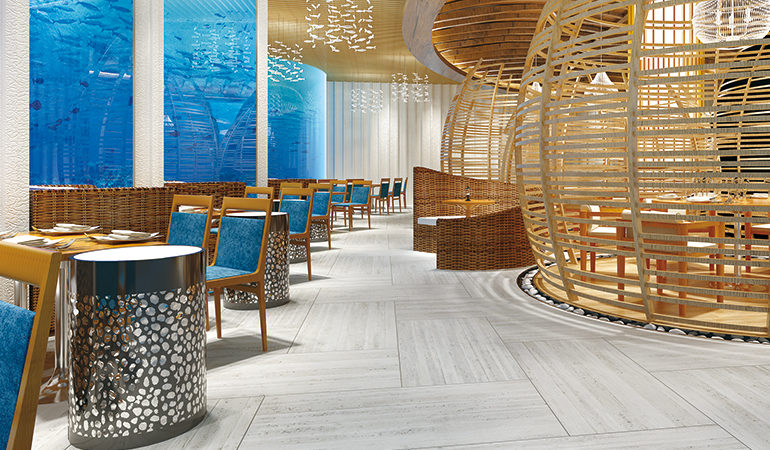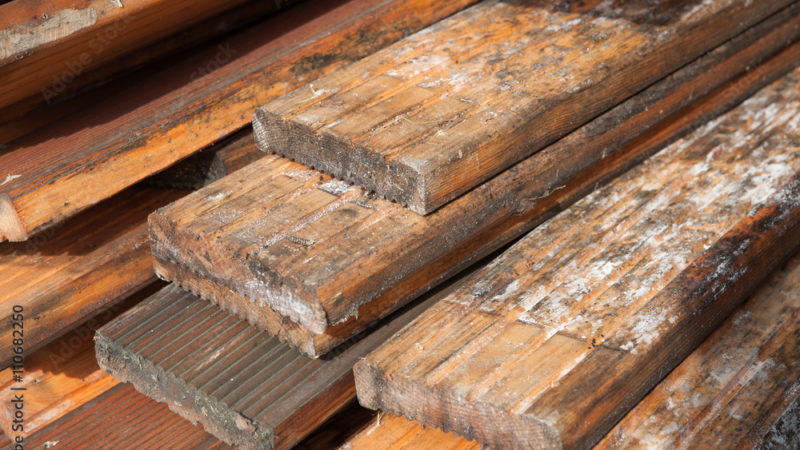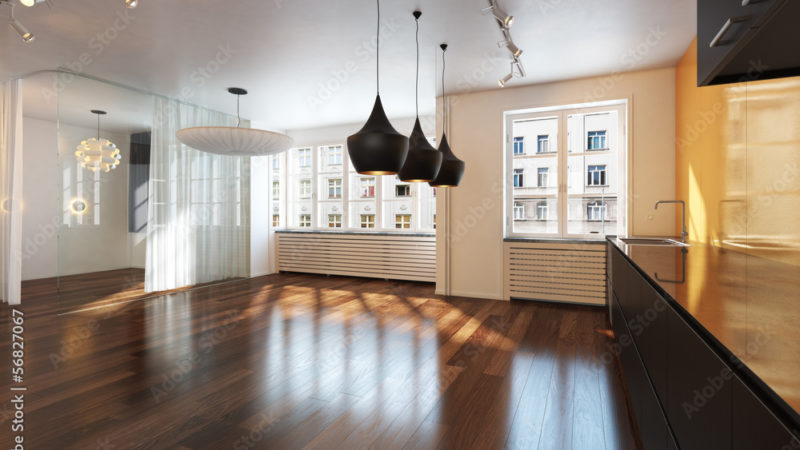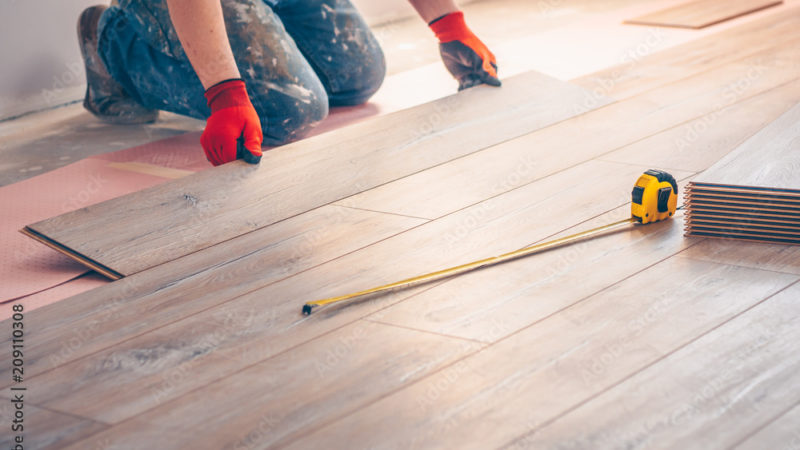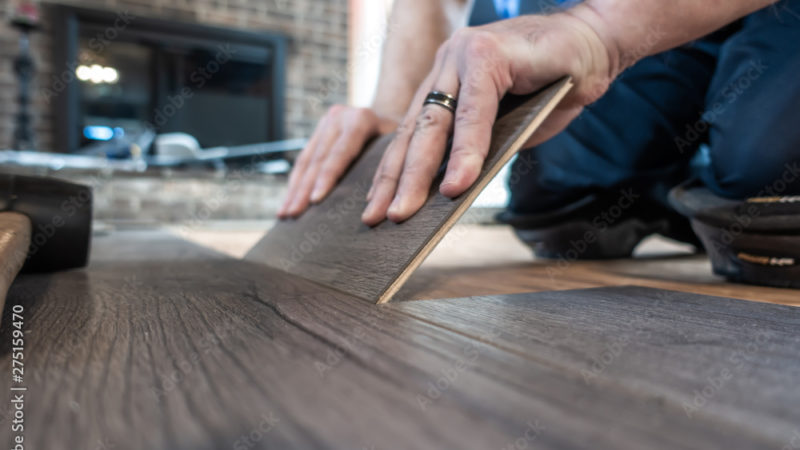The Benefits of Radiant Floor Heating Systems
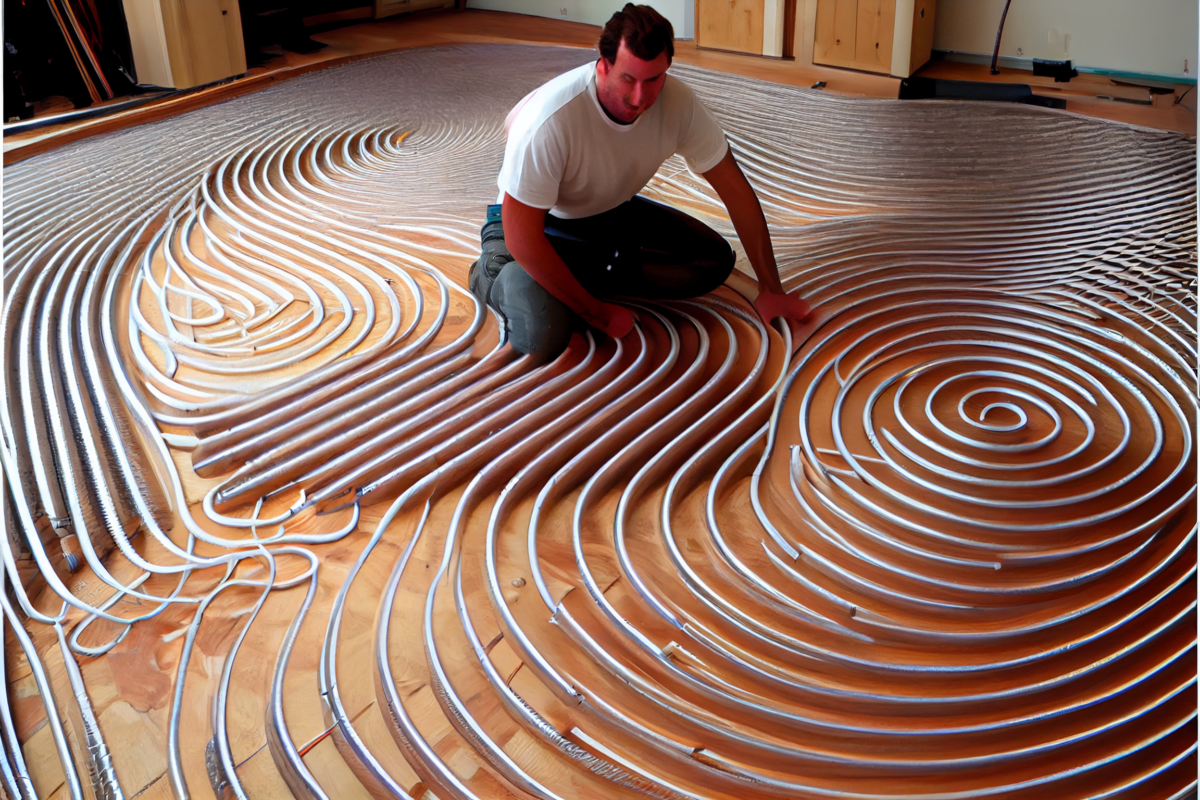
Even Ceramic Tiles Will No Longer Give You Cold Feet!
Although ceramic and porcelain tiles are some of the most durable and cost-effective flooring options available, a major complaint is the stark coldness it retains during winter months. In the U.S., many regions—with the exception of the desert Southwest—prefer hardwood for this very reason. However, an underutilized technology could make ceramic tile more desirable in these areas. Even today, forced-air heating systems dominate the market. It’s certainly the easiest form of climate control to set up, but it is far from the most cost-effective in terms of your electric or gas bill. Faulty insulation, the settling of cold air, and the cycling of the heating unit throughout the day can lead to a high degree of lost heat. Contrarily, it is easier to repair, as jackhammering a floor is usually not required to conduct maintenance on traditional forced-air systems that use vents and ducts.
What is Radiant Heating Technology?
Believe it or not, Radiant heating technology has been around for several thousands of years to heat dwellings underneath the flooring surface. The most notable example of this was the hypocaust, invented by the Romans, appearing as early as the 1st century B.C. The floor was raised with stacks of tiles in order to allow hot air generated by a furnace to circulate underneath the floor, with the addition of flues that would extend to the roof so the room would be heated but not filled with smoke. A similar system was used in Korea since 1000 B.C. called an ondol that used similar processes of convection underneath the floor. After the fall of the Roman Empire, however, central heating systems throughout the Middle Ages were essentially nonexistent in Europe. It wasn’t until the 20th century that forced-air heating systems became the dominant form of climate control in both residential and commercial applications.
Radiant heat, as its name suggests, uses principles of radiation rather than forced convection to heat a space. This system is quite popular with tile floors, as tile’s low specific heat capacity compared to materials like hardwood makes it lose heat very quickly without a constant supply of energy. There are two main types of radiant heating systems that are used underneath floor coverings. Electric systems use coils to radiate heat in between the subfloor and the floor covering. Hydronic systems use heated water to radiate warmth in what are called either wet or dry installations. Dry installations place the pipes directly beneath the subfloor, while wet installations route the pipes before a concrete foundation is poured. The latter is generally preferred, although this only works in new building projects, not remodeling.
Are They Easy To Install?
Electric radiant heat floor systems are quite easy to install. An existing floor can be removed in order to lay the coils underneath. This technology has the advantage of working with nearly every type of flooring with the exception of carpet, as it is usually heavily insulated, and heat will not transfer easily through this surface. While this can potentially save you money on your electric bill more than forced-air cooling systems, it still requires more energy than hydronic radiant heat floor systems.
With hydronic systems, heated water in pipes can be routed on a closed-loop circuit, cycling through to the boiler and out again indefinitely. This not only conserves resources but also saves cost. The most cost-effective hydronic system is by far the wet installation method. Synthetic pipes are embedded in the concrete, so the amount of heat required to warm a floor is considerably less than it is with dry installations. Concrete retains more heat for a longer period of time than the floor covering itself, so home temperatures can be kept relatively constant with minimal fluctuations throughout the day. Unlike copper pipes, the cross-linked polyethylene (PEX) pipes used for these applications will not corrode over time, so you can rest assured your concrete foundation will not crack or shift because of any moisture problems from the radiant heating floor system. In the middle of the 20th century, radiant heating floor systems experienced a brief resurgence but quickly faded out of popularity. These early systems used copper pipes instead of PEX, so there were many problems with the structural integrity of home foundations due to leaks and excess moisture. Thankfully, this is no longer an issue.
Take Precautions Before Installing Radiant Heat Flooring
The only type of flooring that should be avoided with hydronic radiant floors is solid hardwood. While the pipes themselves do not permit any moisture to seep out, solid hardwood is extremely sensitive to any temperature variations, especially when it comes to the subfloor. Over time, solid wood has the potential to shift, buckle, and warp, so a hydronic radiant heat wood floor of the solid variety is generally not recommended. While it technically can be done with a careful and thoroughly professional installation, engineered hardwood that floats over the subfloor is the better choice in this application.
The type of floor that benefits the most from radiant heating systems is by far tile. Ceramic, porcelain, and natural stone tiles tend to be naturally cold in the absence of a heat source, so this is a great way to make it comfortable to walk barefoot on tile floors in the winter without feeling like your extremities are being frostbitten on the way to the Mount Everest summit. Electric systems can even be used in do-it-yourself projects with tile flooring, but when it comes to wet hydronic installations, it’s best to leave that to the professionals. Consider taking advantage of this energy-saving and cost-efficient technology before you automatically give ceramic tile the cold shoulder.
